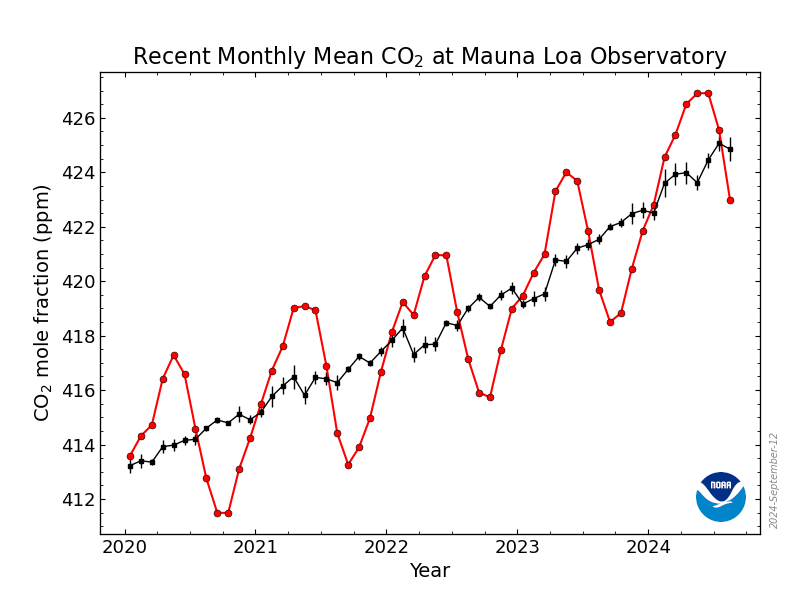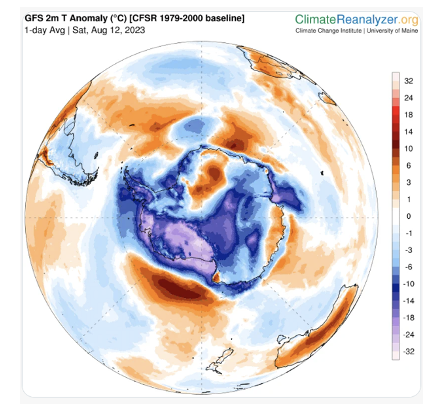2aguy
Diamond Member
- Jul 19, 2014
- 111,970
- 52,237
- 2,290
I tried to find a theead on this so merge this if it exists
Thus, these studies raise serious doubts about whether the GCMs are able to distinguish natural variations in temperatures from variations caused by man-made emissions of CO2.
…[T]he results imply that the effect of man-made CO2 emissions does not appear to be sufficiently strong to cause systematic changes in the pattern of the temperature fluctuations
[URL unfurl="true"]A New Report Throws Cold Water on Man-Made Global Warming Pseudoscience[/URL]
The awkward part isn’t trying to grasp the subtleties of Norwegian since it’s also available in English. It’s that the Abstract bluntly declares that “standard climate models are rejected by time series data on global temperatures” while the conclusions state “the results imply that the effect of man-made CO2 emissions does not appear to be sufficiently strong to cause systematic changes in the pattern of the temperature fluctuations.”
But the really awkward part is that a paper from a government agency dares to address openly so many questions the alarmist establishment has spent decades declaring taboo, from the historical record on climate to the existence of massive uncertainty among scientists on it.
Thus, these studies raise serious doubts about whether the GCMs are able to distinguish natural variations in temperatures from variations caused by man-made emissions of CO2.
…[T]he results imply that the effect of man-made CO2 emissions does not appear to be sufficiently strong to cause systematic changes in the pattern of the temperature fluctuations
[URL unfurl="true"]A New Report Throws Cold Water on Man-Made Global Warming Pseudoscience[/URL]
Last edited:






